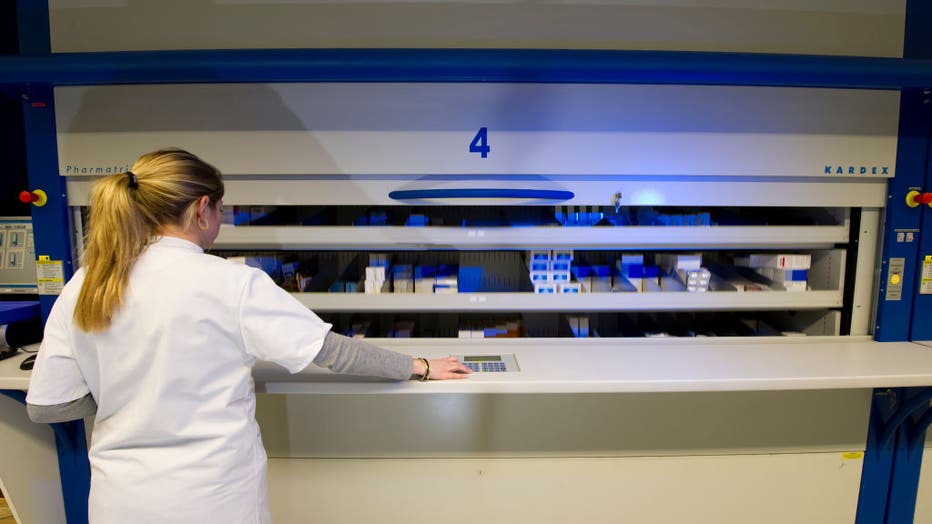Robots pharmacists spotted in NYC | What are they, how do they work
Credit: FOX 5 NY's Brian Quinn
NEW YORK - Robotic pharmacists are helping New Yorkers get their prescriptions filled faster than ever before.
These fully automated machines count, sort, label, cap, and dispense medications at high speeds without error.
For years now, there have been complaints of overwhelmed pharmacies throughout New York City, struggling to keep up with the needs of customers.
Now, pharmacies are opting in for dispensing robots to keep up with demand.
A FOX 5 NY staff member spotted one of the vial filling robots at a CVS on the Upper East Side near Second Avenue.
Research published last year in the National Library of Medicine showed that most medication errors occur at the ordering stage.
The goal is to free up more time for pharmacists to serve more patients.
Some estimates suggest the robots cost around $200,000—less than two years’ salary for a pharmacist.

Photo Essay About The Central Pharmacy Of The University Hospital Of Bordeaux, France. Automated Drugs Storage Cabinet. Assistant In Pharmacy. (Photo By BSIP/UIG Via Getty Images)
Pharmacists vs. robots
Pharmacists are required to give the right dosage of the right medication. However, as skilled as they are, they can still make dispensing errors.
An NIH study showed that many patients die from cases of errors in the issuing of medication prescriptions.
The 24/7 systems could save 100,00 lives annually, one study from the Asian Robotics Review found.
What can the robots do?
Dispensing errors are easy to make, especially on a human level.
If two drugs have similar names or packaging, it can be easy to make a mistake. One small mistake can have devastating consequences.
The filling robots are supposed to be safer and more accurate in theory.
According to Parata Systems, these robots can store more than 232 completed vials.
They also:
- Monitor the status of refills and alert when something needs attention
- Collect and store filled vials for safety
- Store prescriptions overflow when shelves are full
- Enter unique medical information using a barcode scanner
Many critics say that even though these robots can provide unattended operations, they still need to be operated by humans.
Others argue that machine errors still occur within these high-functioning robots.
Although pharmacy robots seem to be an error-free system for dispensing medication, it's still unlikely that they will replace human pharmacists.

